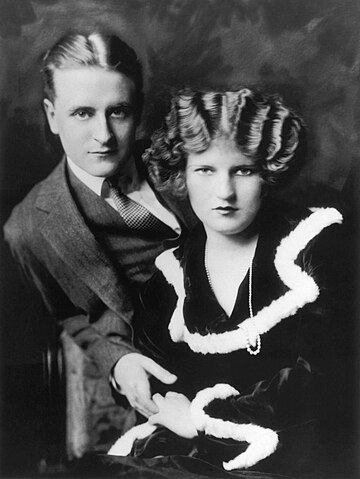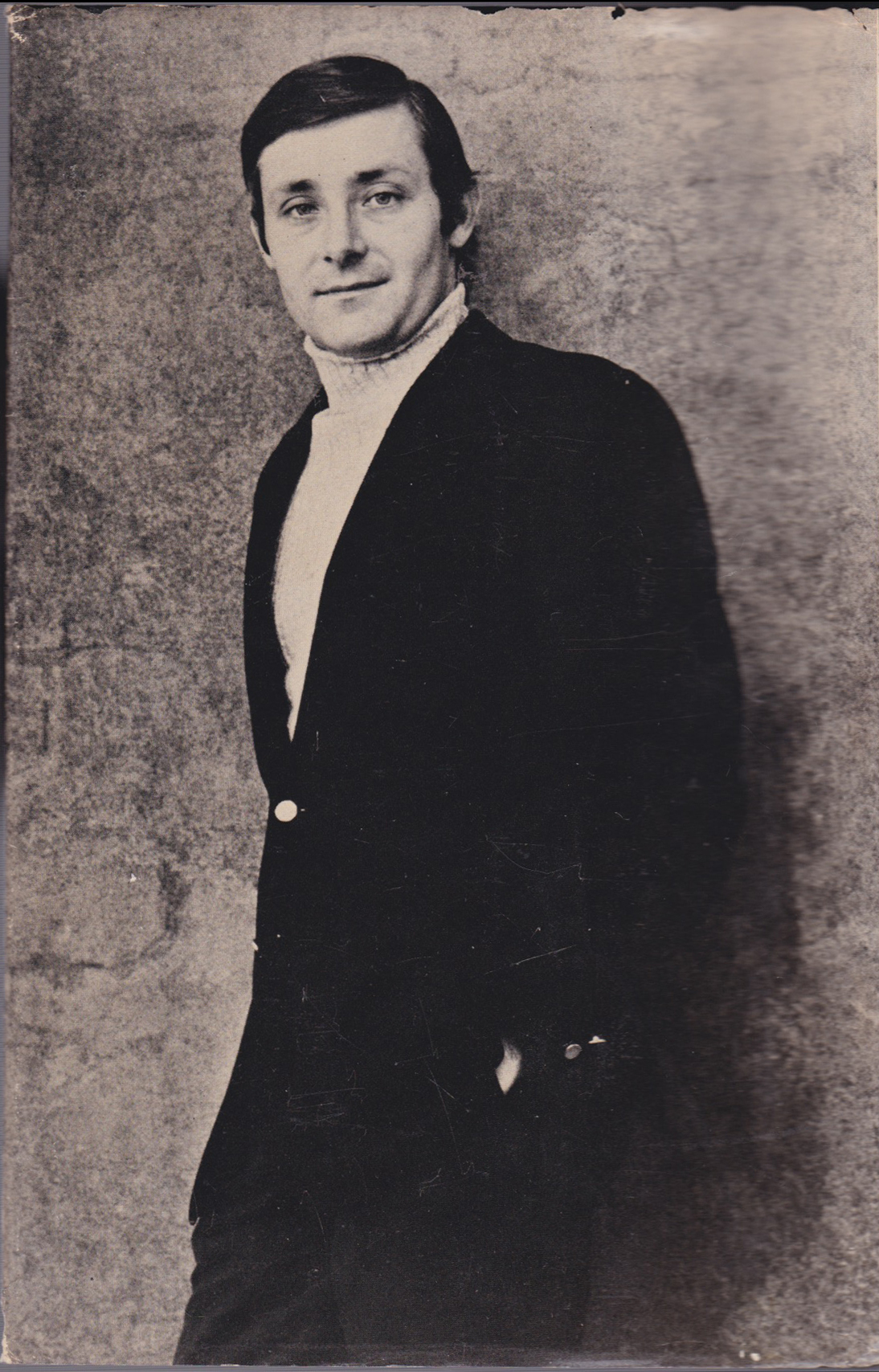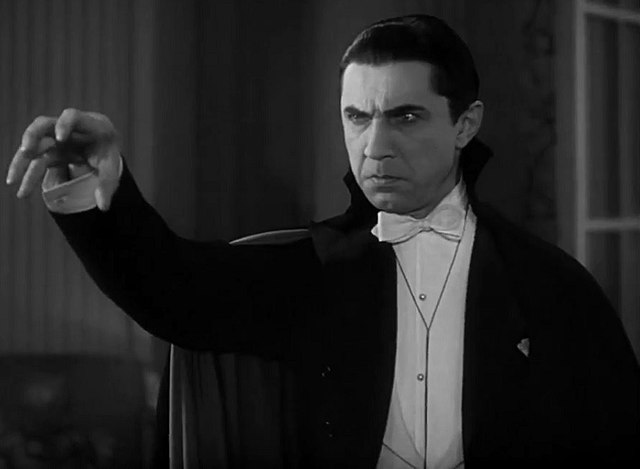In examining the modernists, we find an emphasis on realistic description and emotional resonance. Ernest Hemingway’s descriptions of warfare, for example, ring true and are also traumatic. F Scott Fitzgerald, author of The Great Gatsby, also created depth in his writing that mirrored an age. In addition, Fitzgerald has had a lasting impression on literary history and modern writers. In this post, we will examine his life and writings.
A Fitzgerald Biography
Early Life
Fitzgerald was born in St. Paul Minnesota on Sept. 24th, 1896. He lived in an upper-middle class family. His father, Edward, was a salesman, and his mother, Mary, was born to a wealthy Irish-Catholica household. Fitzgerald wrote a lot as a child, and attended St. Paul Academy. He published his first shorts story in the school newspaper at the age of 13 years old. Afterward, he attended Newman School.
In 1913, Fitzgerald attended Princeton University. There, he wrote for the Princeton Triangle club and the Nassau Lit. However, he later dropped out due to a focus on socializing over academics. This led to him enlisting in the U.S. Army to fight in WWI in 1917.
Fitzgerald’s Literary Fame
Afterward, he courted Zelda (his future wife) and wrote This Side of Paradise. This first novel pushed him into the literary stratosphere and gave him enough money to marry his wife. The aforementioned novel made Fitzgerald famous, as it spoke to a new generation of post-WWI disillusionment in America.
With his newfound success, he and his wife Zelda moved to Paris in 1924. Fitzgerald would publish his most well-known work, The Great Gatsby, while living there. While the novel was met with “tepid sales,” it would become one of the defining modernist pieces of literature during in subsequent years.
As Britannica writes: “The Great Gatsby is the most profoundly American novel of its time; at its conclusion, Fitzgerald connects Gatsby’s dream, his ‘Platonic conception of himself,’ with the dream of the discoverers of America.”
Fitzgerald and The Lost Generation
Sometime around 1926, Fitzgerald began to gather with “The Lost Generation” of artists. In this time, he greatly admired Ernest Hemingway, who was a relatively unknown author at the time. A great deal of creativity exploded from this group, with many of the artists trying to do something different with the medium their medium. Additionally, many of the writers of “The Lost Generation” wrote about their own lives in their stories, albeit, somewhat loosely.
Fitzgerald During the Depression
As mentioned by sources, Fitzgerald’s later life was marred by his dysfunctional relationship with his wife Zelda. Much like Fitzgerald, she had become a victim of their enriched lifestyles, from drinking to drama. Meanwhile, lingering mental health issues also worsened for Zelda, and she was diagnosed with schizophrenia in 1930. Financially, Fitzgerald still supported his wife and himself by writing short stories and selling them to large magazines, such as Collier’s. According to Hemingway, this pressure to keep up with finances prevented Fitzgerald from reaching his literary zenith.

Fitzgerald, meanwhile, published Tender is the Night in 1934 to low-critical acclaim. This was in part due to the depression-era and Fitzgerald’s celebrity as an elitist who lived in the throes of excess. His themes did not ring as true anymore and the modernist ideals were erring toward post-modernism.
Later Life and Death
After Zelda was institutionalized due to her violent breakdowns, Fitzgerald began a career as a scriptwriter for Metro-Goldwyn-Mayer in 1937. As mentioned by some reports: “Fitzgerald retreated to Hollywood, a defeated and more or less forgotten man. He made a precarious living as a scriptwriter and struggled to control his alcoholism. Miraculously he found the energy to begin another novel The Last Tycoon (1941), about a complex gifted movie producer.”
The morning after the premiere of This Thing Called Love, F Scott Fitzgerald fell to the floor in his apartment, passing away from a heart attack at the age of 44 with only a third of The Last Tycoon completed. He unfortunately probably thought his career was a failure even though he had written monumental works of fiction that would one day become lauded by the masses.
Notable Works
This Side of Paradise (1920)
The Curious Case of Benjamin Button (1921)
The Beautiful and the Damned (1922)
The Diamond as Big as the Ritz (1922)
Discover more from The Writing Post
Subscribe to get the latest posts sent to your email.



